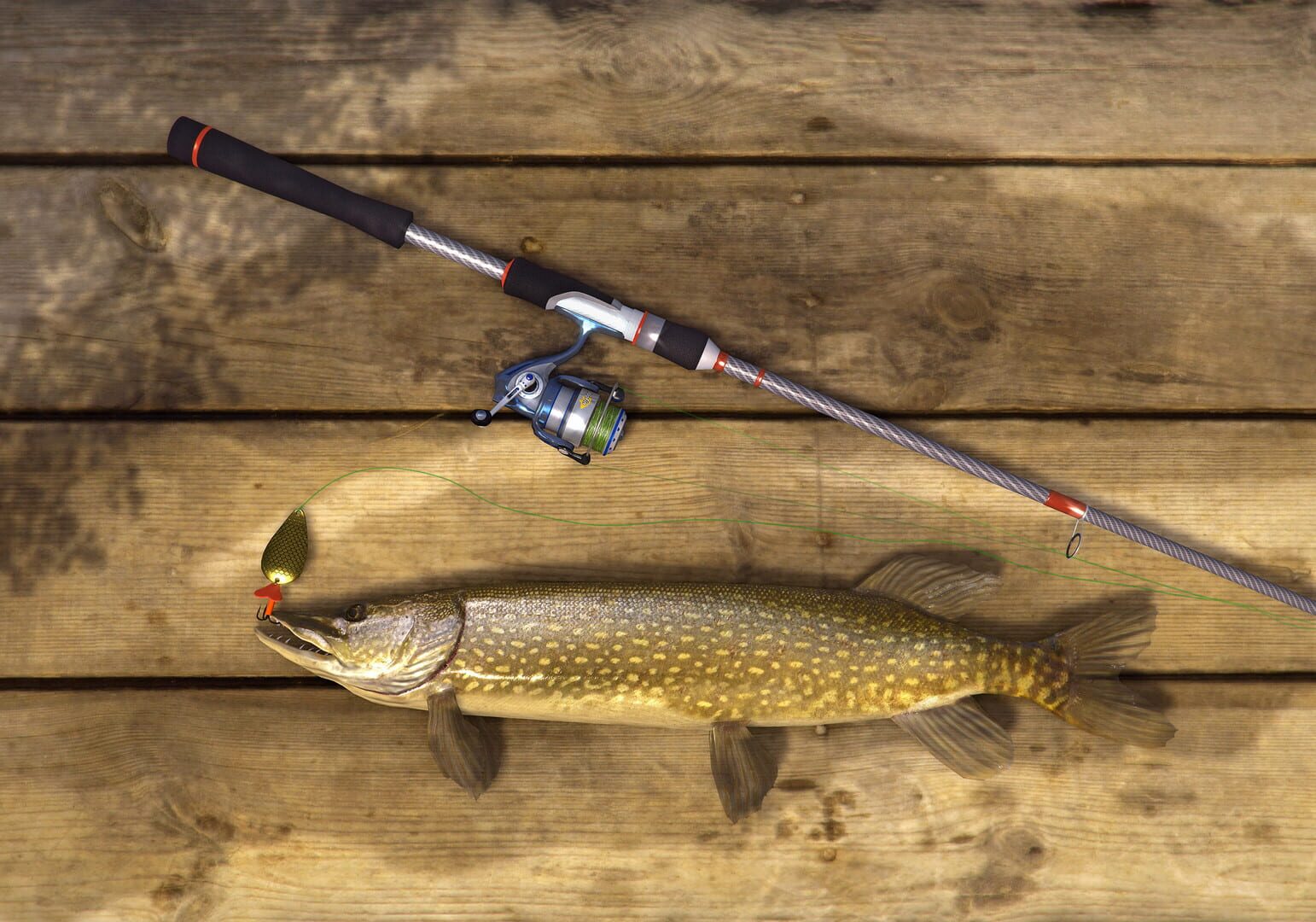

Take in a lungful of the thick humid air of the jungle and be ready for a fast-paced fishing adventure, because the fish is phenomenally feisty and large: Local anglers say deep waters and peculiar riverbed have made this part of the river a favourite spot for large catfish.

If you look at the water long enough, you might see a river dolphin or a small river cruiser. Cozy summerhouses with palm leaf roofing are visible not far away from the shore. Given the stilts it might be a fishing hut: the locals probably keep their tackle here, or even use it as a fishing spot, to hunt for species who inhabit shallow waters overgrown with reed.Īfter exploring infinite jungles or rocky banks, how refreshing to see a beach with beautiful white sand! One can notice giant palm trees on the other side of the beach, which gave this place its name. Alternatively, its owners really don’t have time for refurbishing it. This lonely wooden dwelling looks long abandoned. Entering such a place, try to be respectful and not disturb the local shamans and spirits! Peculiar carved stones, shrines, statuettes of gods and skulls of sacrificial animals clearly signify a place of religious worship. Most Brazilians are Catholics, but some people still practice shamanic cults in the midst of the rainforest. In the eastern part of the tributary, there is a remote islet with a wooden carved statue in the middle, that locals refer to as “Acanga”. The river is rather deep here, with tall palm trees growing along the banks. Or maybe it’s because of the abundance of reptiles around? In addition to several fishing huts with thatched roofs, the village also has a church with a tall wooden cross in front of it to mark the gathering place for local celebrations and Catholic masses. This might be why it is called “Snake Village” in the local language. This settlement is located on the long strip of land that very much resembles a snake tail. You can just about see a convenient landing pier nearby. The church only becomes busy on Sundays, when boats bring local Catholic believers from all over the area for the mass. Most times it’s incredibly quiet and calm here. Sebastian Church can be found in the very middle of the river maze. Even the locals can’t remember why the church was abandoned, but one has to agree that the ruins look very atmospheric.Īn example of modern-day Catholic architecture, St. In the olden days churches were built to last forever, and this one is no exception – decades of desolation later, its walls still hold against the encroaching jungle. Ruins of a small catholic temple are visible on the edge of the island in the eastern part of the Rio Negro maze. This shallow bay is home to many fish species that prefer still waters. The orchids bloom right on the submerged trees peeking out of the water.

The air here is heavy with the unique fragrance of tropical flowers. If you’re looking for a perfect place for some solitude and contemplation, head straight to the wild orchid garden in the northern part of the river maze. Take a look at the floating deck, where you can take pleasant walks, and the convenient landing pier. It seems that this picturesque backwater area was specifically designed for watching beautiful sunrises and sunsets! The primordial beauty of this deep-water bay has certainly been instrumental in establishing a popular floating lux hotel. By the way, the water is deep, so enter with caution! Huge boulders protect the plateau from the wind and add to the pleasant atmosphere of seclusion.

For thousands of years the river has been smoothing and polishing the stones, transforming the shore into a flat platform, ideal for swimming and fishing. If you travel further to the center of the maze of waterways and canals, you will find a rocky plateau. You are in for an unforgettable tropical adventure in the maze of islands and canals of Amazonia!ĩ different locations, each with distinct atmosphere:


 0 kommentar(er)
0 kommentar(er)
